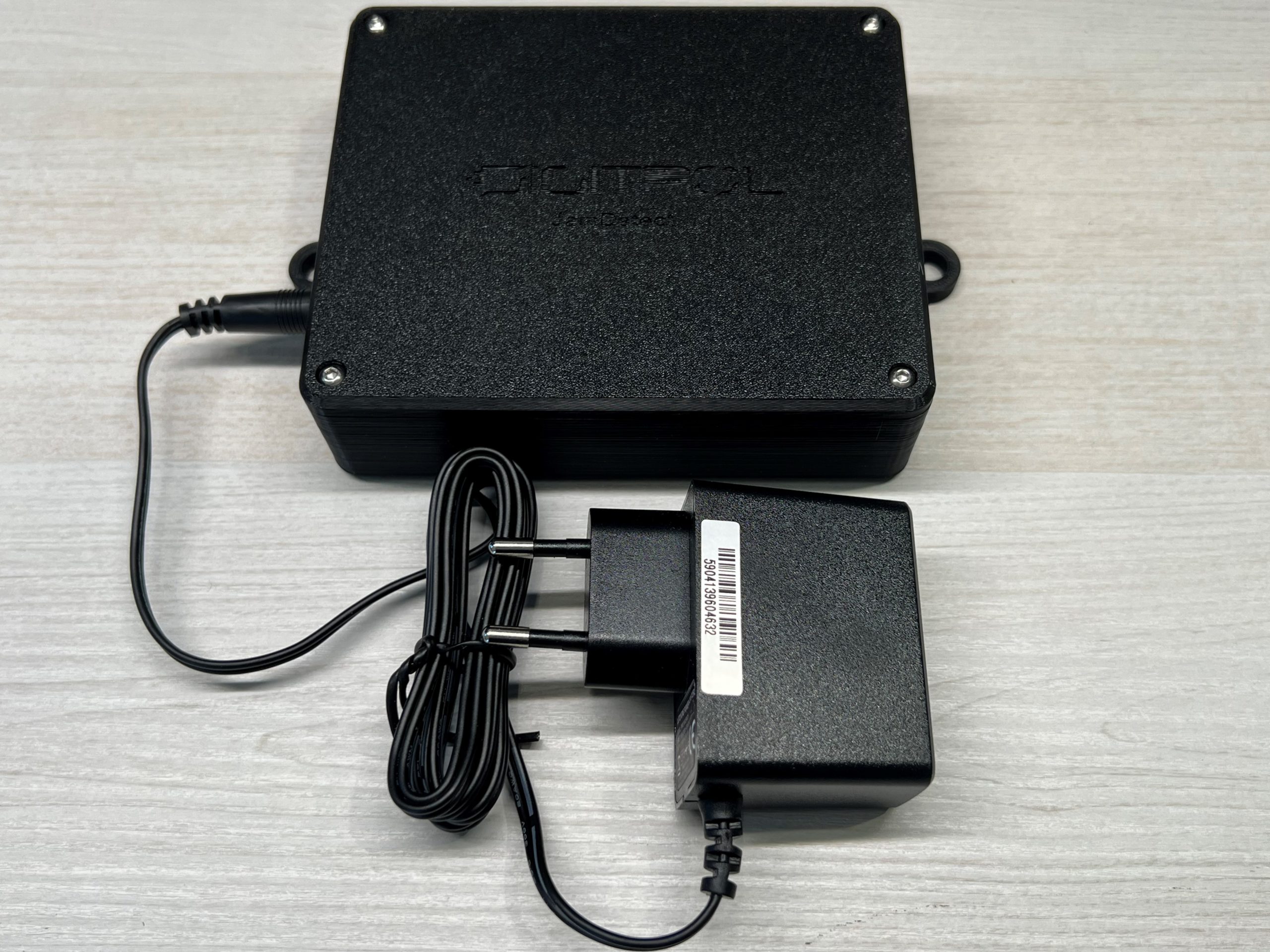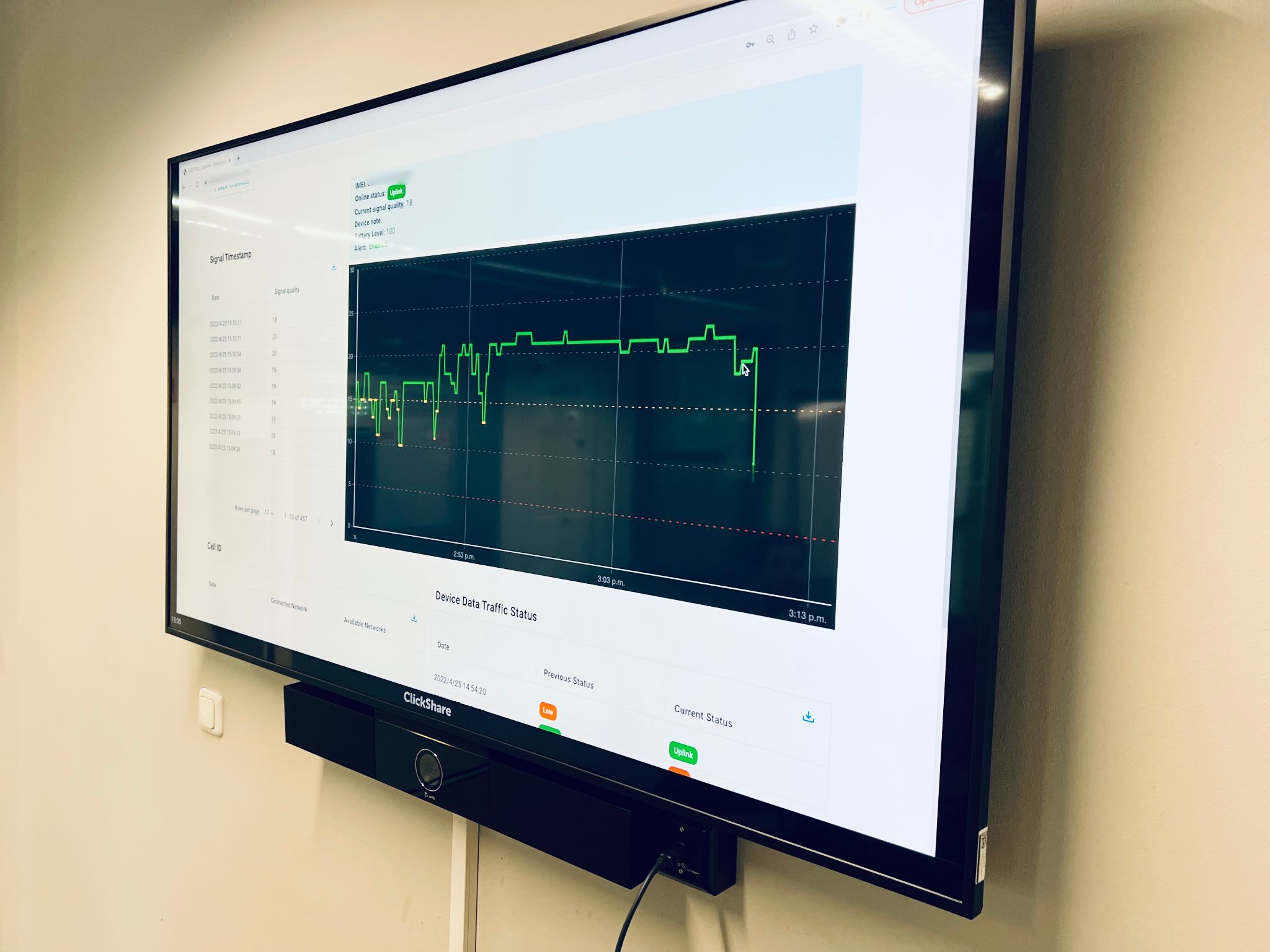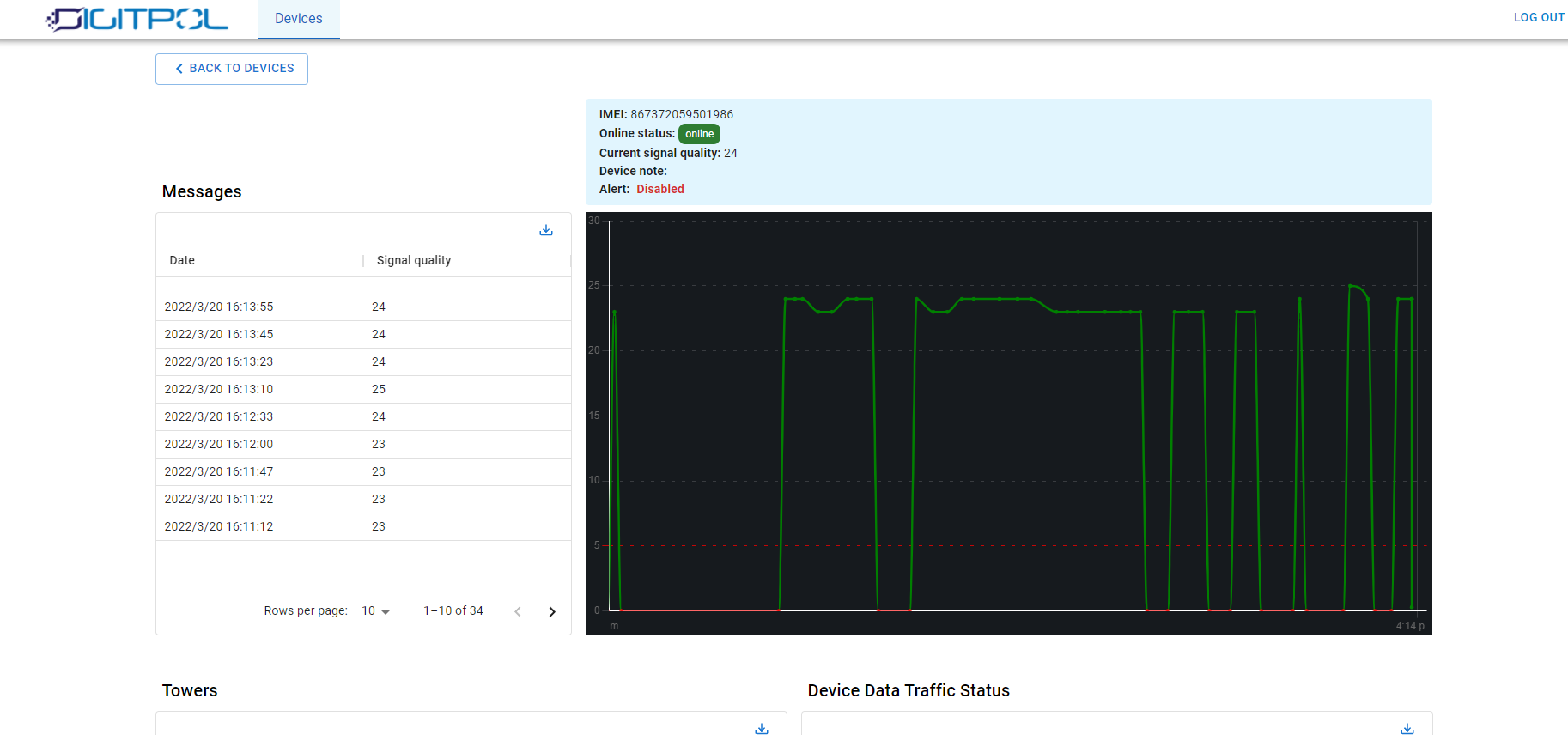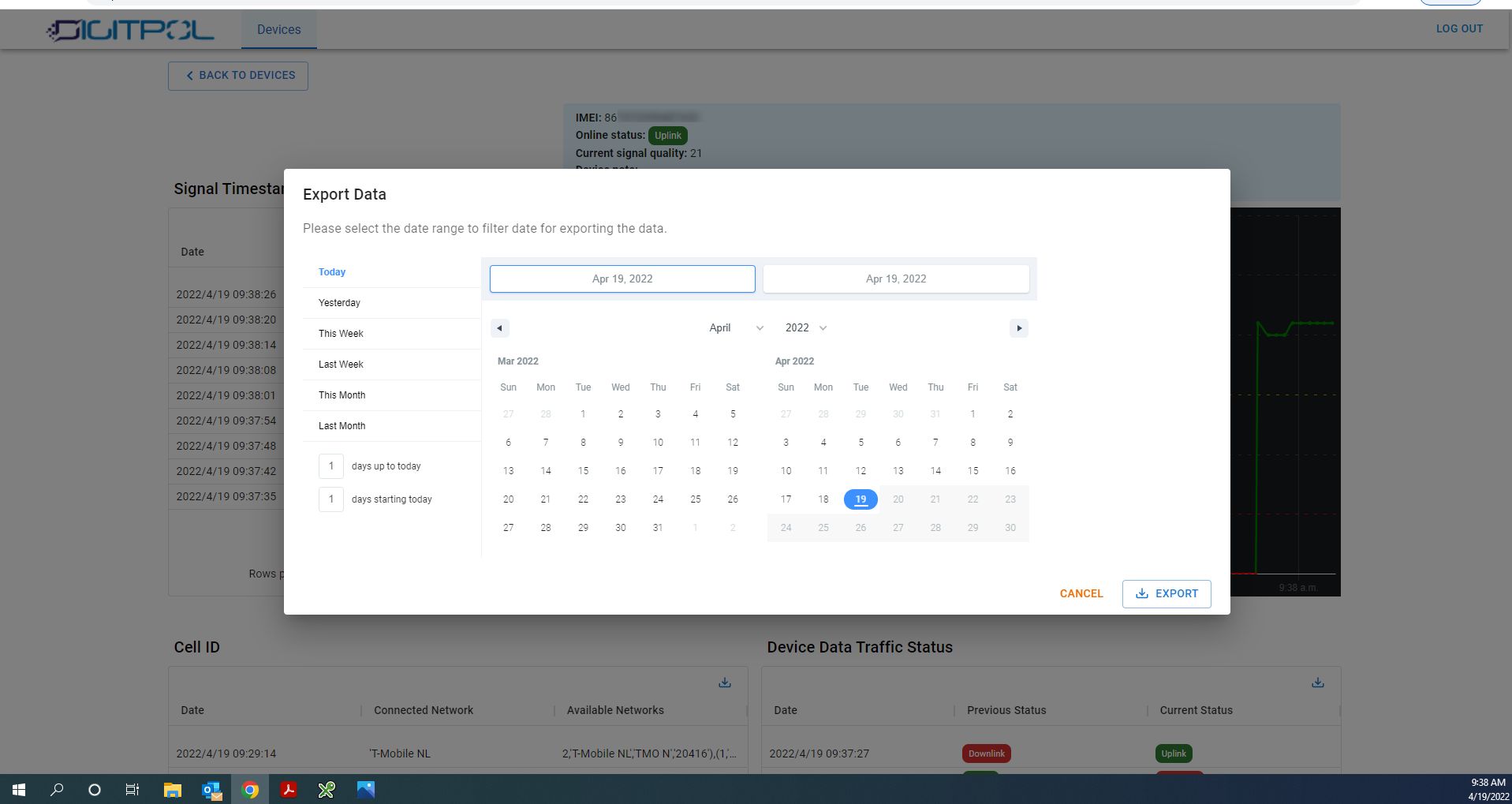Drone Detection Technology for Secured Facilities and Airspace Control
Digitpol’s Drone Detection System
Digitpol’s Drone Detection System is a comprehensive solution designed to detect and monitor drones operating overhead or within restricted zones. Engineered for fixed or mobile deployment, the system combines robust hardware with a powerful cloud-based platform to deliver real-time, wide-area surveillance of drone activity.
When deployed in multiple locations, the detectors form a secure mesh network, dramatically increasing coverage and detection accuracy across large perimeters such as airports, critical infrastructure, borders, or private estates.
At its core, the system passively monitors radio frequencies commonly used by drones including telemetry, control signals, and video downlinks across bands such as 2.4 GHz and 5.8 GHz. Advanced signal analysis enables identification of drone activity without interference or jamming.
Developed entirely by Digitpol in the Netherlands, this solution is fully customizable and scalable offering dependable drone detection and RF surveillance for law enforcement and critical infrastructure clients.
Drone Detection for Secured Sites & Airports
Digitpol’s Drone Detection System provides real-time monitoring for unauthorized drones around secured buildings, vehicles, and airports. Drones pose serious risks from surveillance and smuggling to disrupting operations. Our system detects drone control signals and telemetry, alerting security teams instantly via SMS, email, or API. Ideal for banks, embassies, government buildings, and airport perimeters, the solution offers 24/7 coverage with flexible deployment options and reliable power. Ensure fast response and enhanced security with Digitpol’s advanced drone detection technology
The Hardware
- Static Detector — a waterproof module designed for pole or wall mounting.
- Connectivity: Supplied with an IoT data SIM and one year of data service.
- Power options: Flexible power inputs to be agreed with the client (5 V, 12 V, 110 V, 220 V).
- Backup power: Internal backup battery provides up to 24 hours of operation.
- Extended remote operation: Optional internal rechargeable battery available for up to 1 month of remote, off-grid operation.
- Drone signal detection: Detects common drone control links and telemetry, including consumer and commercial drone RF signatures (e.g., Wi‑Fi/2.4 GHz, 5.8 GHz, and other typical remote-control and telemetry bands).
- Video/telemetry link detection: Identifies video downlinks and telemetry bursts associated with UAVs.
- Passive RF collection: Collects nearby Wi‑Fi SSIDs, MAC addresses, and signal metadata to help associate detected RF activity with specific drone types or controllers.
- Bluetooth detection: Passively logs nearby Bluetooth device MACs where applicable (useful for identifying controllers or telemetry devices).
- Alert output: Configurable output for a siren or external alerting device when a drone is detected.
The Software
- A secure API connection between the detection module and the cloud ensures 24/7 real-time access to drone detection data.
- The system includes a real-time spectrum analyzer operating at 200ms intervals, providing live insights into drone-related activity and allowing historical playback of detected signals.
- It maintains a comprehensive database of both real-time and historical drone signal activity, including telemetry and radio frequency patterns typically associated with drones.
- All detection events are stored with detailed metadata and timestamps. These logs covering drone signal events, frequency activity, and related telemetry can be exported in CSV or PDF format for analysis or reporting.
- The platform supports the detection and logging of nearby radio signals that may indicate drone presence (e.g., control links, video downlinks, telemetry bursts). Each detection is logged with signal strength, source identifiers (when available), and time of capture.
- Administrators can manage multiple users through the cloud platform and configure alerts. Notifications can be sent to selected users when a drone is detected, ensuring timely response and situational awareness.




